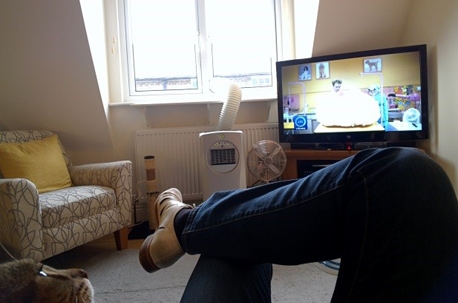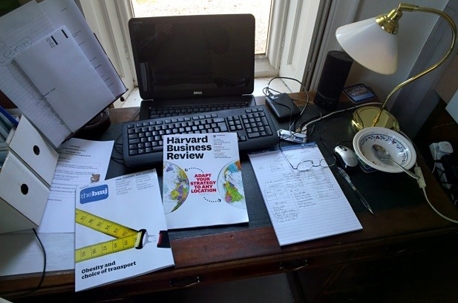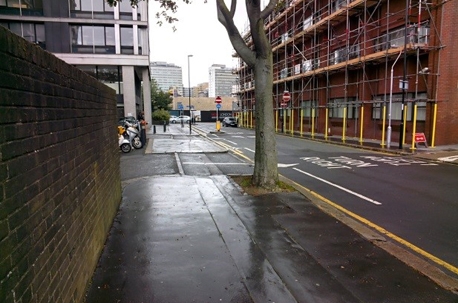FEATURE8 December 2014
All MRS websites use cookies to help us improve our services. Any data collected is anonymised. If you continue using this site without accepting cookies you may experience some performance issues. Read about our cookies here.
FEATURE8 December 2014
The team at HRW have been testing Google Glass as an ethnographic research tool with some interesting results.

How does the world look from your customers’ perspective? Ultimately, everything we do in market research is about answering this question and, since its inception, pundits have been speculating about the impact that wearable technologies like Google Glass might have to do this very job.
For the uninitiated, Google Glass is a wearable technology with a head-mounted display that has the functionality of a mobile phone but in a hands-free format. Many observers anticipate that we will need to ‘wait and see’ what value these tools may have or worry that it will be this year’s equivalent of the ‘onesie’ craze.
So, at HRW, we decided to seize the day and see for ourselves. We use many ‘in-the-moment’ techniques and technologies and wanted to see where this new tool fitted. We hypothesised that it might add value as an adapted ethnography tool and joined the Google Glass ‘explorer’ programme to get early access to the technology before it officially launched.
To see whether Glass delivered on its promises in the real world, we conducted a landmark series of self-funded projects with participants including healthcare professionals, patients, and consumers. We conducted fieldwork using Glass’ video and photo capture, as well as voice note functions to explore their day-to-day life, media use and decision making.
The results were eye-opening, both in terms of what we learned about our respondents but also about the role and future of this technology as a market research tool. So, what did we find?

There are hardware and software limitations of the technology:unlike a mobile phone, participants had to learn a new interface to use Glass properly, and we had to coach respondents on how to optimally use the technology to maximise battery life and make sure the technology didn’t overheat.
Also, because it is early in the technology’s life cycle there doesn’t yet exist an app developed for market research (that could prompt with a questionnaire in specific locations or at specific times) – though the functionality exists in the platform for this to develop in the future.
Privacy and attention concerns: we had to be careful and specifically brief participants to ensure any parties who were captured on film had given express written consent, especially with our healthcare respondents, which added a time-consuming hurdle to implementation.

On the other hand there are many benefits: It is cool: people want to try it out and the excitement about using it is infectious. Although this may wane once the ‘newness’ wears off, we had our pick of participants who were keen to use the technology and actually had too many willing respondents. Not something you always hear in research. Those who did use it were so excited to use the Glass that they made more entries than we typically see with other adapted ethnography methods – with one physician taking more than 100 photos and videos in a week. It is hands-free: because the technology is voice-activated and head-mounted, participants didn’t have to stop what they were doing to record it and could use both of their hands when recording, which made it ideal for seeing activities that require both hands. It offers the potential for augmented reality concept testing: because you can ‘push’ information to participants at particular times of day or in particular locations, there is a great future for feeding information to your research participants while they are in the right context to react to it, just as they would in the situation. Finally, and most impressively, it shows the world from the participants’ perspective. The location and height of the camera means that the outputs are literally captured from the point of view of the wearer. Not a camera on a tripod. Not blurry far away FocusVision. The healthcare professional (HCP) could be using your device and you can see what it looks like for them from their line of vision. It adds another angle and might capture more intricacies. This helps engender empathy and blurs the line between customer and client in a new way to help findings really ‘live on’ in the memory of brand teams. Ultimately, although the software limitations and privacy challenges mean it’s not ready to be a standalone methodology yet, it is ready for use as an adjunct to other methodologies to bring research to life. We saw first-hand the impact that Google Glass can have in helping to embed findings through showing the world from our participants’ point of view. By Esme Barrow Williams, Ben Davies, Katy Irving, John Maher, and Kirsty Page from Healthcare Research Worldwide (HRW)
0 Comments